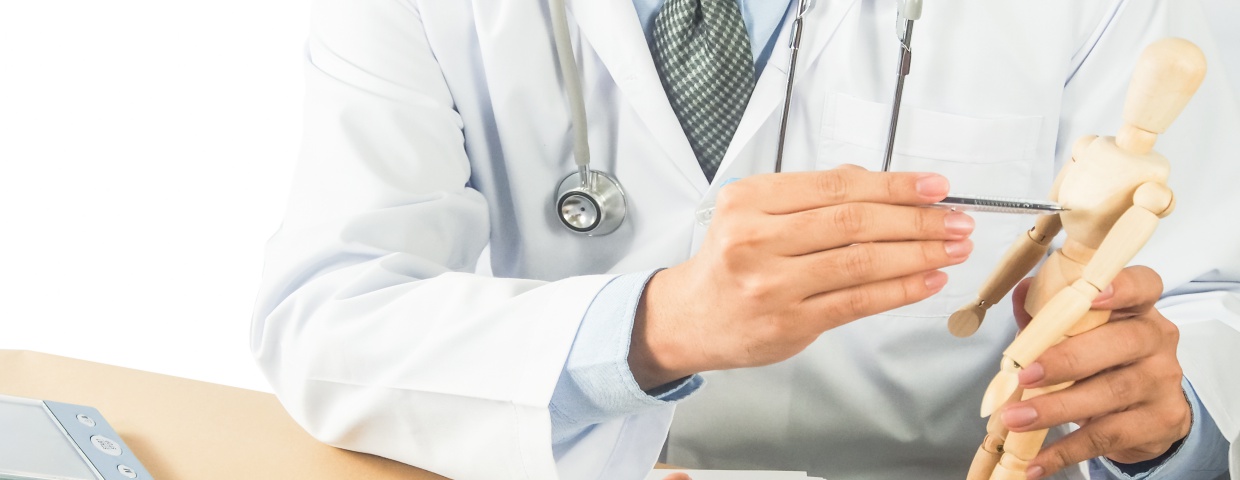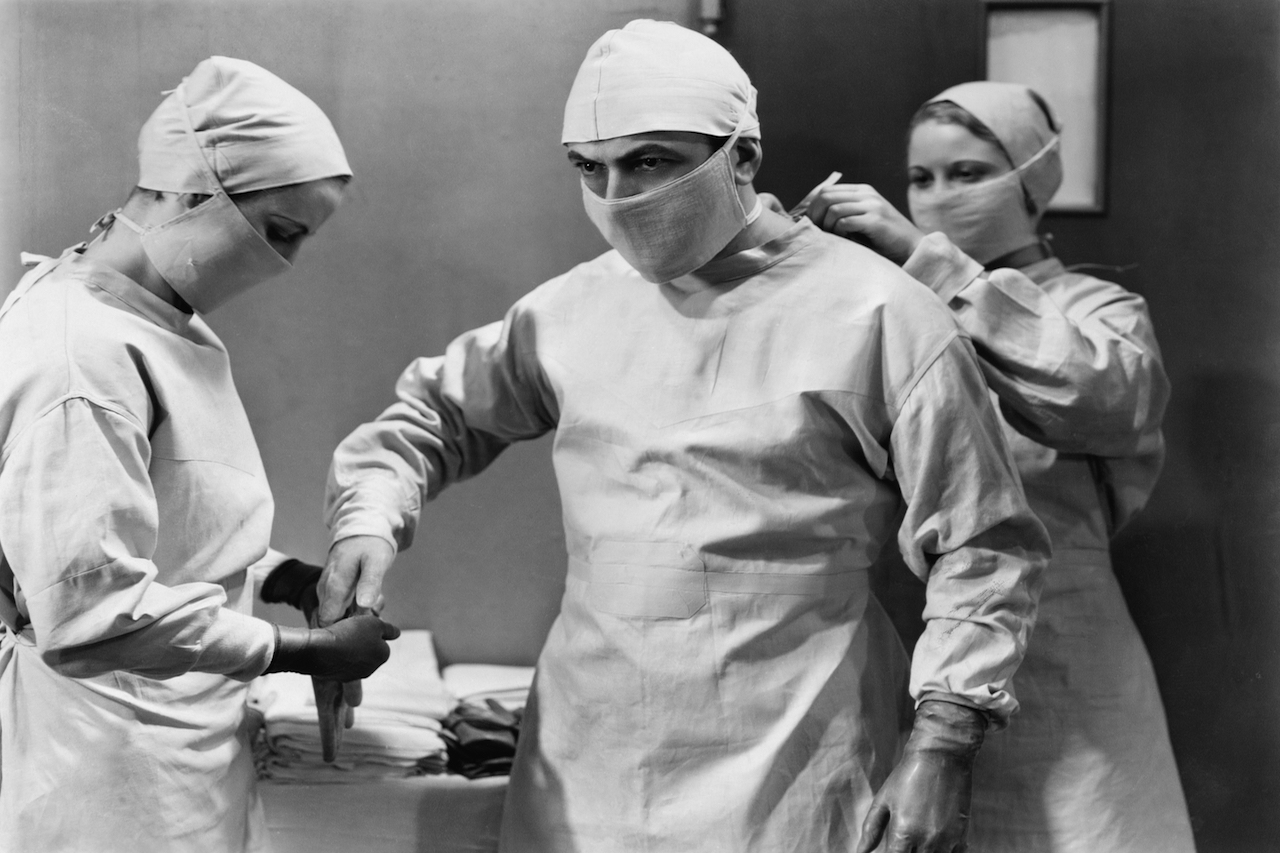Importance of Sternum Stabilization
Have you ever seen a picture of a person drawn by a child? Maybe you had the chance to appreciate the artwork of your own child or grandchild, or perhaps you remember doing such drawings yourself. No matter the little artist, it always seems like children draw people as mostly torso, with a head and limbs added almost as an afterthought. The focus is on the sternum, though the artists themselves don't yet think of it this way. If you're looking for sternum stabilization, it can often feel like you're the subject of a child's drawing--all the focus is, for awhile, on the sternum.









